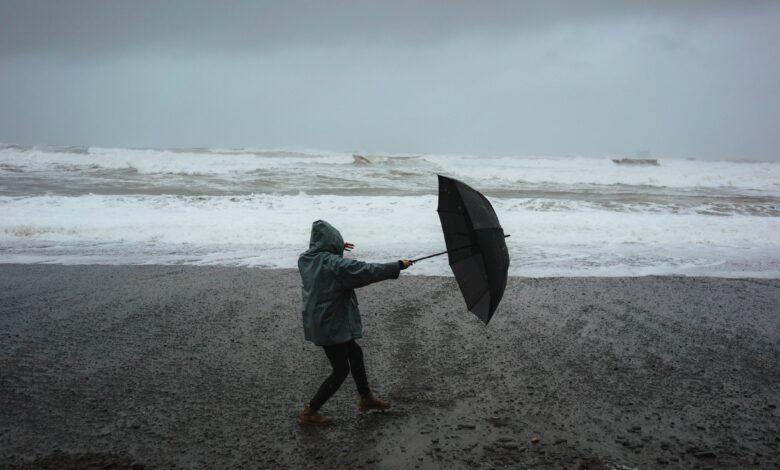High Wind Safety Tips For People

What are High Winds?
High winds are described as atmospheric conditions where the speed of the wind overcomes the standard level for a particular region or time of year. How high winds are defined is greatly dependent on the geographical location and altitude; nevertheless, most meteorologists and weather institutions indicate high winds to be those exceeding 25mph or 40km/h. Such strengths can pose risks to infrastructure, nature, and human life. Hence, enlightening oneself about high wind safety tips gives assurance when living or traveling to areas susceptible to powerful winds.
What Causes High Wind?
High winds are primarily caused by the disparity in pressure across the Earth’s surface. This happens when warm, less dense air rises, creating a low-pressure area, and the cold, denser air rushes in to fill the vacuum, leading to wind formation. The greater the pressure disparity, the swifter the wind blows. Storm systems, like hurricanes, tornadoes, and even thunderstorms, are notorious for causing high winds.
A High Wind at Sea: A Sailor’s Nightmare
At sea, high winds are commonly known as gales. Combined with extremely turbulent seas, these gale-force winds can make sea pursuits exceptionally hazardous, rolling boats and potentially causing them to capsize. The severity of the high winds can be categorized using the Beaufort Scale, with gale-force winds gaining a score of 7 or above on this 0-12 scale.
High Winds in Kilometers: A Numerical Understanding
Quantifying high winds in kilometers per hour (km/h) helps us to comprehend their potency. We mentioned earlier that high winds usually start at around 40km/h. However, they can easily exceed 120km/h during a severe thunderstorm and up to 252 km/h in a catastrophic hurricane.
High Wind Safety Tips: Securing Safety during Turbulent Times
When facing high wind conditions, several safety measures can significantly reduce risks:
- Stay Informed: Keep tabs on the local weather forecast. Modern meteorology can predict high wind occurrences accurately and help you to prepare beforehand.
- Secure Your Surroundings: Mend loose items on your property. High winds can transform unsecured objects into dangerous projectiles.
- Plan: Have an emergency plan for your family and business. Know the safest rooms to shelter and routes for evacuation, if needed.
- Vehicle Safety: If you are in a vehicle during high winds, slow down. High winds can make driving difficult, especially for high-sided vehicles and those towing trailers.
High winds don’t have to be terrifying. When empowered with the necessary knowledge and high wind safety tips, you can navigate safely through these weather conditions and mitigate potential harm.





